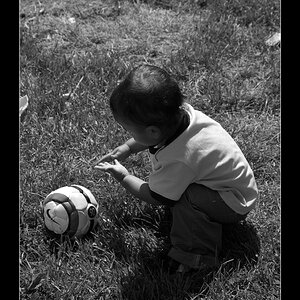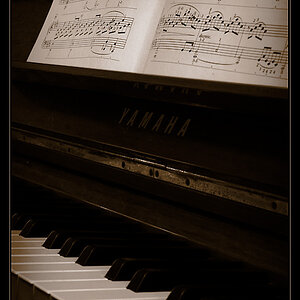James79
TPF Noob!
Hi,
I have a couple of questions concerning DSLRs (Nikon D70s in this case, though I guess it would apply to most others) and equivalent film ISO settings. Trying to get to grips with the camera in low light settings, so messing around with setting the ISO value comes into that.
1. How would the manual ISO settings on the above camera compare with the equivalent in film e.g. would the same aperture / shutter speeds produce a result (including granularity) that is pretty much the same using both systems ?
2. How exactly does "film speed" work on a CCD?! As far as I understood it, this was related to the grain size of the film ? I've not much experience with film systems (late to the game ) so apologies if I'm talking rubbish. Is this in fact just some sort of 'post processing' at work or is it a physical property of the sensor ??
) so apologies if I'm talking rubbish. Is this in fact just some sort of 'post processing' at work or is it a physical property of the sensor ??
3. Are Auto-ISO settings recommended in general ? I intend to go manual as much as possible, but while I'm learning ...
Thanks for any insight !
Cheers,
James
I have a couple of questions concerning DSLRs (Nikon D70s in this case, though I guess it would apply to most others) and equivalent film ISO settings. Trying to get to grips with the camera in low light settings, so messing around with setting the ISO value comes into that.
1. How would the manual ISO settings on the above camera compare with the equivalent in film e.g. would the same aperture / shutter speeds produce a result (including granularity) that is pretty much the same using both systems ?
2. How exactly does "film speed" work on a CCD?! As far as I understood it, this was related to the grain size of the film ? I've not much experience with film systems (late to the game
3. Are Auto-ISO settings recommended in general ? I intend to go manual as much as possible, but while I'm learning ...
Thanks for any insight !
Cheers,
James


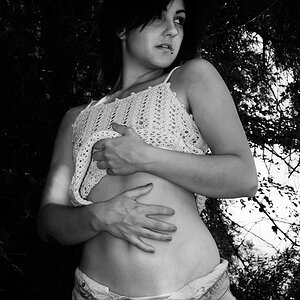
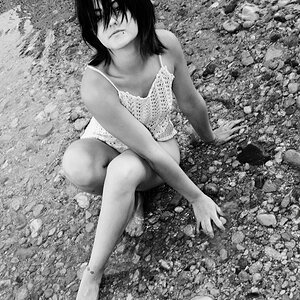

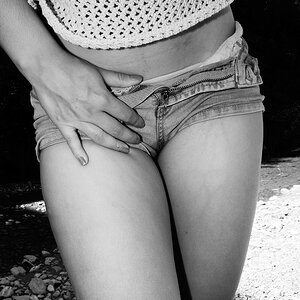
![[No title]](/data/xfmg/thumbnail/37/37606-3c9ffb5906173fa2aa489341967e1468.jpg?1619738148)
![[No title]](/data/xfmg/thumbnail/34/34114-dd12be026979ccd4182c5f478bd91448.jpg?1619736284)
![[No title]](/data/xfmg/thumbnail/36/36673-19735e6d336c221f19091dde4a33c534.jpg?1619737676)


![[No title]](/data/xfmg/thumbnail/36/36674-2a99a33f8b4e9e3d34b08a4ec08fbde8.jpg?1619737676)
